
On 6 March 2014, ETH Zurich presented the Spark Award 2014. The winning team develops “memristors” – new electrical building blocks that could make data storage and data transfer more efficient. Before the award ceremony medtech entrepreneur Hansjörg Wyss gave an amazing talk about innovation.
Each year the researchers with the most promising invention at ETH Zurich receive the Spark Award. The first ceremony took place in 2012. Lasst Thursday the award ceremony had been held for the third time. The Spark Award is one element of ETH’s strategy to strengthen valorization of research. In a short introductory talk Roland Siegwart, Vice President Research and Corporate Relations at ETH, mentioned two other important elements: Pioneer Fellowships and the ieLab, that supports researcher who are planning to start a company.
The result of these efforts is impressive. Researcher at ETH filed 103 patent applications last year. 24 spin-offs have been founded. One of the new spin-offs is Glycemicon founded by the team that won the Spark Award in 2012.
The winners of the 2014 edition are Jennifer Rupp, Professor of Electrochemical Materials at ETH, Sebastian Schweiger und Felix Messerschmitt. The team researches new materials and electrochemistry for information storage and energy devices. They won the award for their project “highly increased performance of memristive devices”.
Memristors are a type of passive circuit elements that maintain a relationship between the time integrals of current and voltage across a two terminal element. Thus, memristors allow, via tiny read charges, access to a “history” of applied voltage and can be used for information storage.
Jennifer Rupp’s team has improved those memristors. Usual memristors have only three layers with an oxide layer in the middle which is now replaced by two different materials allowing the ETH team to tune the memristors. With these elements it’s possible to build memory elements for future mobile devices with lower voltage, lower power consumption and with a higher storage density. In the long run memristors could replace transistors in all kinds of electronic devices.
Apart from the project for the improvement of memrestive devices four other projects made it to the finals:
- Improved wound healing by structured cellulose
- Live metric and interactive 3D reconstruction on mobile phones
- Smart dynamic casting of free-form concrete structures
- A highly stable antimicrobial protein
More information about the five projects can be found on the website of the Spark Award.
Hansjörg Wyss thoughts about innovation
Before the award ceremony Hansjörg Wyss gave an amazing talk about innovation. Wyss, one of the most successful alumni of ETH Zurich, followed a request in 1977 to become president of Synthes USA, a distributor of implants for surgical bone treatment manufactured in Switzerland. Under Mr. Wyss’s management, Synthes developed from a company originally employing 12 people to one of the world’s leading enterprises in medical technology (with a revenue of more than USD3 billion). Wyss sold the company to Johnson & Johnson in 2012.
In his talk Wyss spoke about necessary preconditions to keep innovation alive in fast growing companies. He said that small companies are characterized by a culture of innovation whereas bigger companies are institutions operating by rules. The central question of his talk was how it is possible to keep the culture of innovation in big companies alive.
Wyss thinks that it’s necessary to protect innovation from rules. He talked about several examples how he did this at Synthes. One example was that Synthes had innovation groups outside the headquarter. Most of those groups were working at universities and even the leading group wasn’t at the Synthes headquarter but 5 km away.
Today the Wyss Institute is characterised by Wyss’ thoughts on innovation. The Wyss Institute for Biologically Inspired Engineering uses Nature's design principles to develop bioinspired materials and devices that will transform medicine and create a more sustainable world. It’s a completely open platform to foster transdisciplinary research. Hansjörg Wyss said about the Institute: “It is my proudest innovation.”
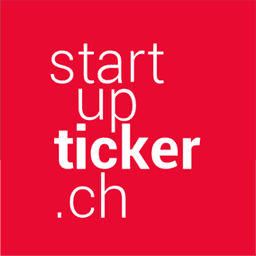

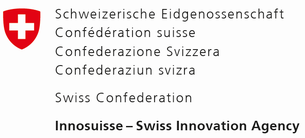





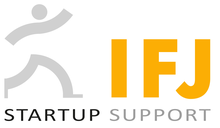




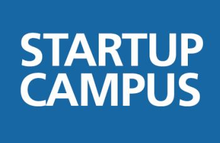




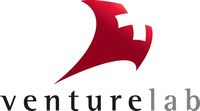




















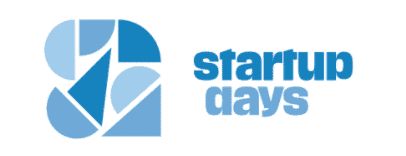














Please login or sign up to comment.
Commenting guidelines